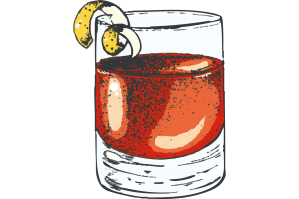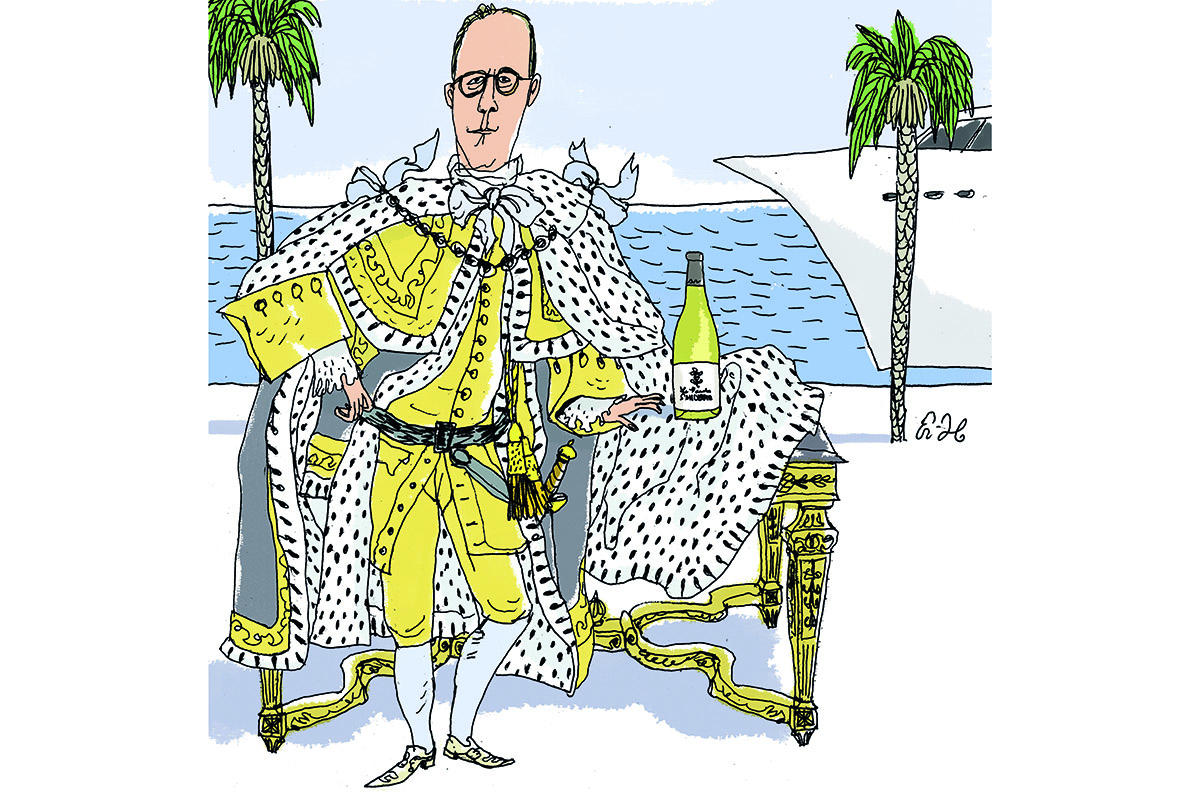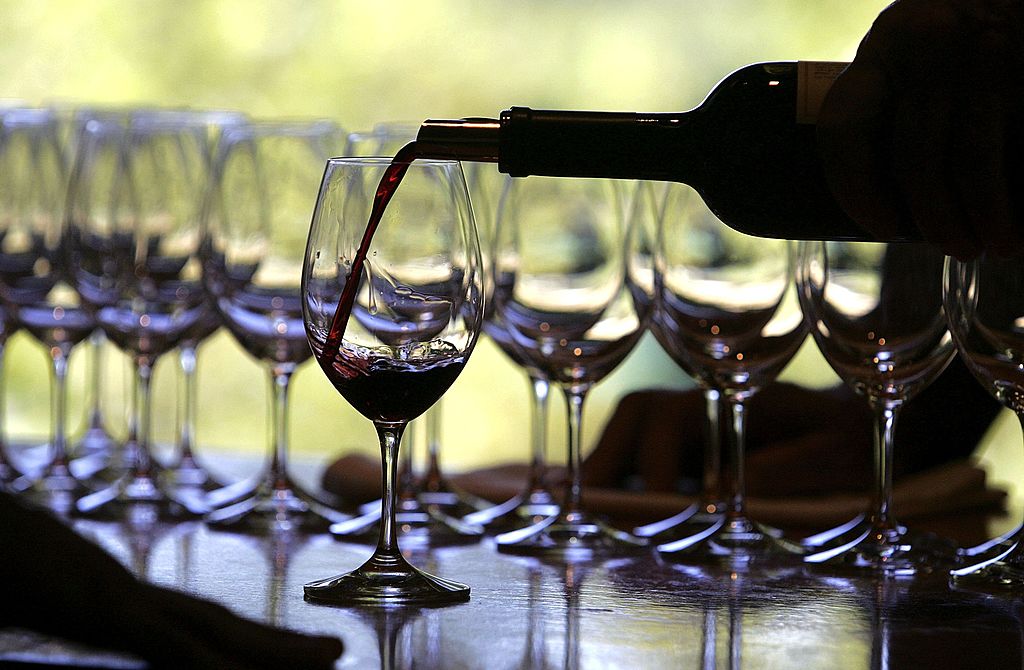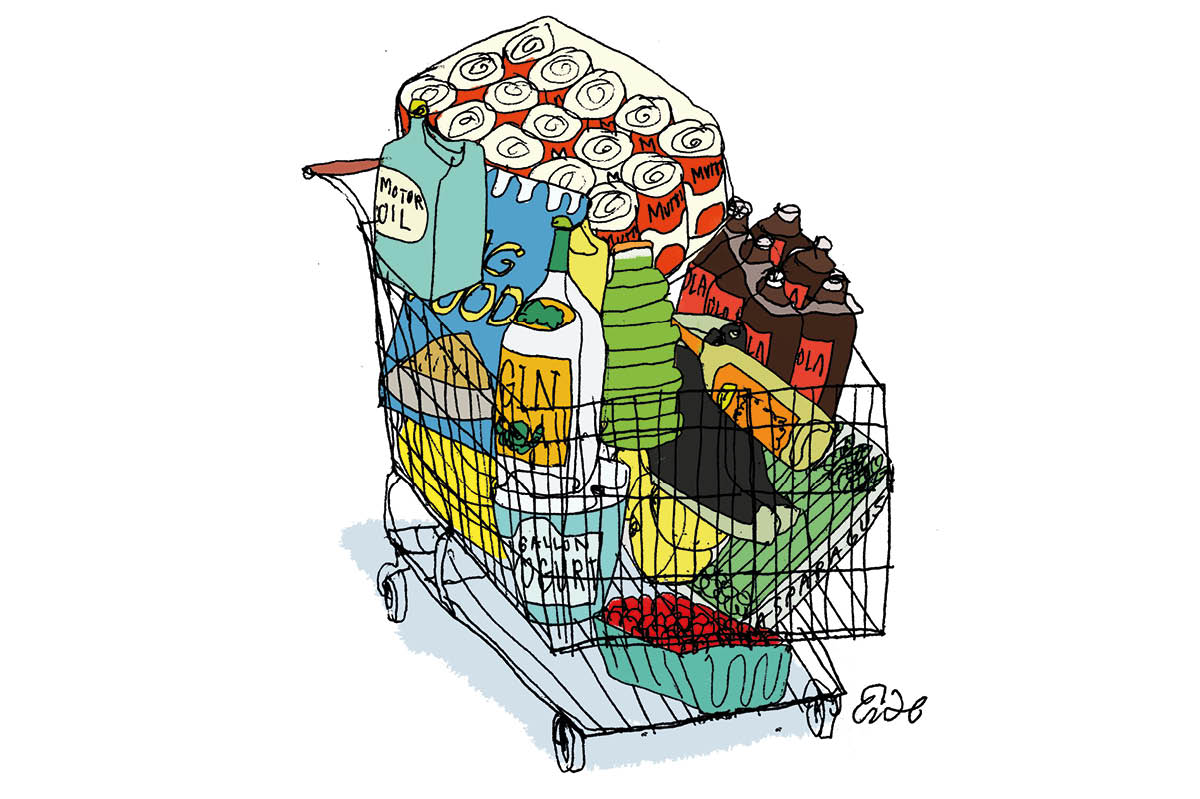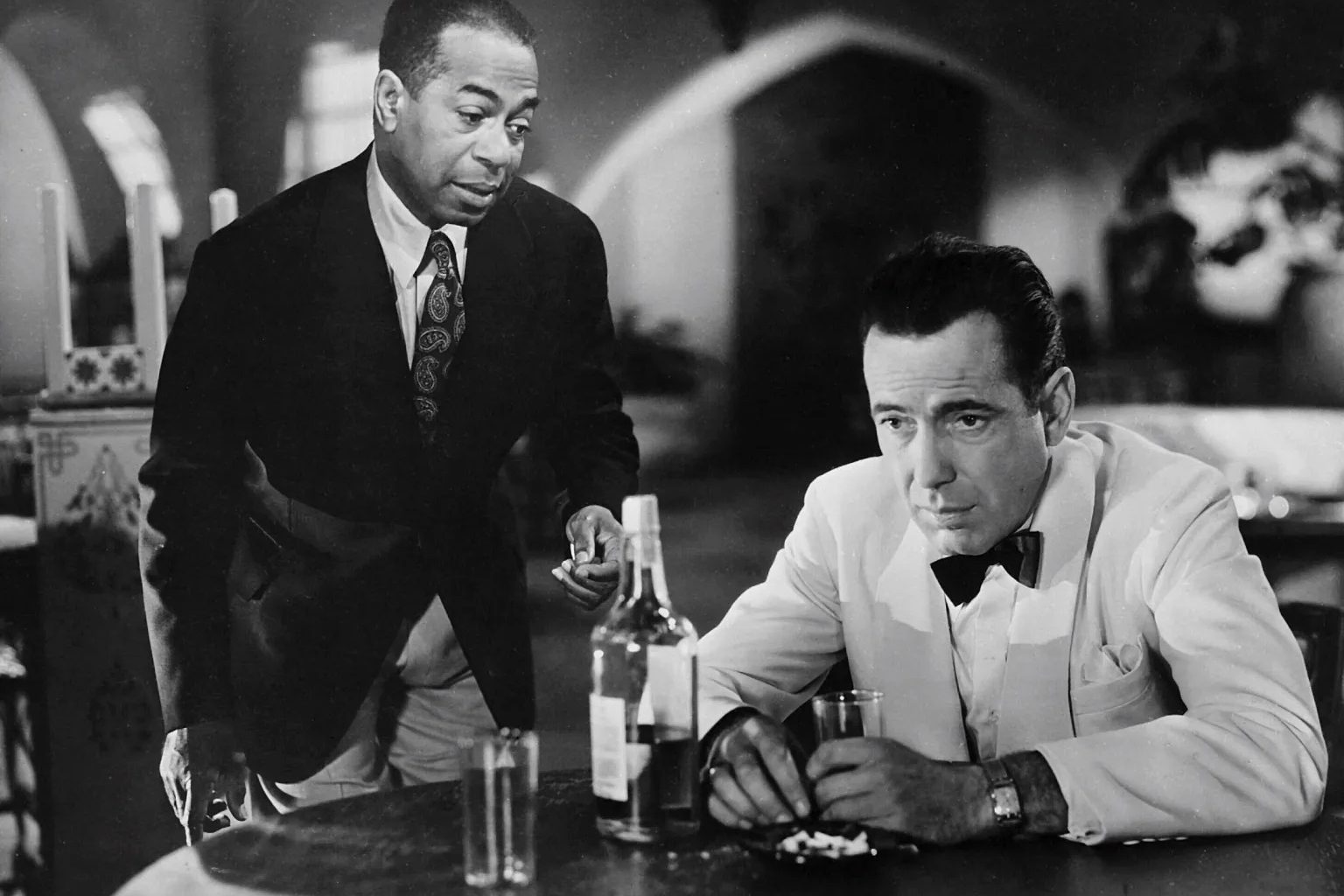The man at the posh London bar stood with our drinks but wouldn’t give them to us. He had a lecture to deliver first, for cocktail culture — or “mixology” as the craft is now known — is nothing if not didactic.
As I looked enviously out at the people with pints of beer across the way, I wearily reflected on how the message to the customer has hardened in the years since cocktail bars with American ambitions crossed the pond. It is: the £19 ($25) you’re paying for the drink isn’t enough. You need to be quiet and listen, for you’re not just a drinker: you’re a supplicant.
Be that as it may, I felt my eyes violently glaze over as the man redescribed, in even more verbose detail, what we had already pored over on the menu. The words came thick and fast, a veritable wall of sound. Discernible was talk of emulsions and infusions and constructions and creations and inspirations, and ways of drinking, and guiding concepts of cocktail recipe-making, seasonality, mood, style and taste. There were encyclopedic accounts of provenance of both the drink and its ingredients. There were shreds of history in the story of its invention, though at least we were spared the pop-historical canard about the canonical importance of Prohibition-era New York. I looked at my companion: he was looking longingly at the tray, held aloft, on which balanced our drinks, but they showed no signs of being put before us. Perhaps an element of BDSM had been introduced for the post-Fifty Shades clientele. For here was denial desperate for relief.
The drinks were finally put down, but the lecture wasn’t over. My companion dipped his eyes, grabbed his drink and began drinking apace. By the time the man wished us well, he’d just about finished. It was, to be fair, a lovely cocktail, a plummy negroni with a rooibos-tea infused globe of ice whose zingy delicacy was not lost on either of us.
Was it worth the wait? Given that whatever else a cocktail is, it’s a small drink that tastes like boozy juice, I can’t say that it was. But more than the extended verbiage-to-enjoyment ratio, the problem seems rather to be a profound slippage in the understanding of what it is to drink.
A drink is a social experience. It should appear as if by magic to lubricate the interaction. It is an accomplice that should bring pleasure; it is not the diva-like, needy main event. But cocktail bores, and their many dimly lit meccas, don’t agree: they think a drink has some inherent interest and value beyond giving a tasty buzz, or in the case of good beer or wine, a deeper but still background appreciation. When drinking Serious Cocktails, though, the drink is more important than the drinker.
Perhaps it has to be, given the grandiose complexity of a typical upmarket cocktail menu. I long ago gave up trying to understand what New York mixologists were talking about. Even in lower-key settings, the cocktail has become a beast too complex for the ordinary drinker.
At Planter’s House in St. Louis, the Black Manhattan, we are told, contains an arduous combination of “Selection Elijah Craig Barrel Proof 131.8”, something called Amaro Averna (Google tells me it is a sickly Sicilian liqueur), Reagan’s orange bitters and Angostura bitters. At cultish 69 Colebrooke Row in London, the coup de grace of the house Bloody Mary (a gruesome drink at heart) is pepper distillate. Know what that is? Me neither. Care what it is? Quite.
Or take Colebrooke’s “Maestro Hi” which contains rum (a frankly inappropriate spirit for grownups) with verjus, bergamot, candy ginger, gunpowder tea and soda. Like its name, none of it makes sense. It’s also highly unlikely that anyone knows what verjus is, let alone gunpowder tea, requiring exegesis from a self-important barman or waiter.
It’s all such hard work. As well as the basic willingness to Google obscure formulations and listen to their further elucidation, most cocktail menus now require strong analytic skills — the opposite of what the weary drinker wants after a long day. One I confronted recently was a sprawling rubric of several sections, divided into flavor profiles, each with honeycomb-shaped diagrams representing the proportion of influences in each cocktail. The cocktail menu had at least as many words as an undergraduate’s essay — and was no less exhausting to read.
Simpler cocktail menus can make one feel ill, if for different reasons: while ordering from the menu of Earnest Drinks at Gracie’s Ice Cream in Boston, my hometown, I felt distinctly queasy thanks to drinks such as the pandan and whiskey frappe, and a Red Bull vodka slushie. Unfortunately, the connoisseur culture around cocktails doesn’t seem to be dying out. Forget Prohibition. We live in the era of the overmarketed, oversweetened, overpriced and overexplained cocktail.
This article was originally published in The Spectator’s August 2022 World edition.










